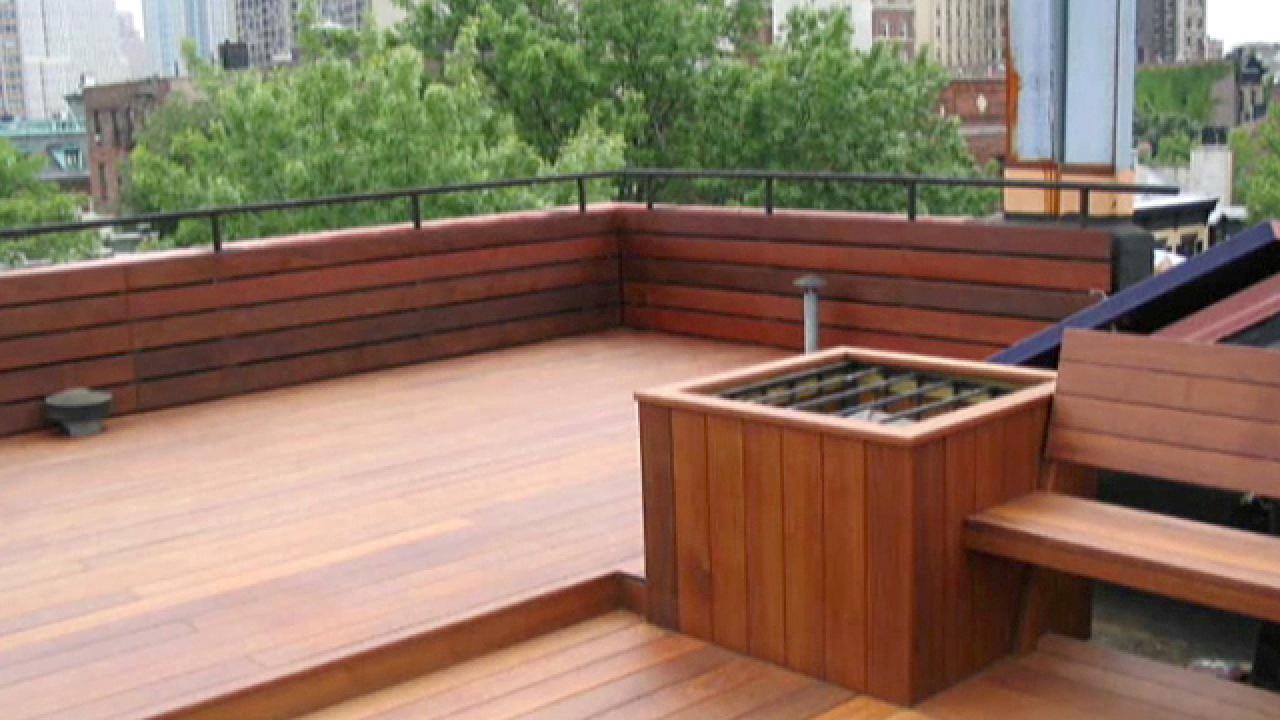Plastic vs. Composite Decking

TimberTech
PVC (polyvinylchloride) and composite materials have made great strides into the decking industry during the past decade. The materials were once considered fake looking, but the companies that manufacturer these products have been able to replicate the look of wood without all the required maintenance.
Plastic decking, which is 100 percent recyclable such as Azek, looks like wood. But plastic decking has its problems. It might expand and contract in certain climates, loosening joints and making decks unstable.
In hot, sunny areas, plastic decks can get very hot on the soles of the feet and actually radiate heat, making them uncomfortable. Still, for a virtually maintenance-free deck, plastic decking may be the answer.
Composite decking material uses a combination of plastic and wood fibers. The newer technologies come in a multitude of colors, grain patterns and thicknesses. Premium products like Trex and TimberTech have the color all the way through the boards instead of just a coating, so scratches are hidden, the boards will not stain or fade, and they have excellent mold resistance.

Because of their modified properties, they are also insect and rot resistant. For a neater look, many composite decks are attached to joists using hidden fasteners so there are no visible screws on top. They also clean up nicely with soap and water if needed.
But composite decking is not completely recyclable like plastic decking because it is a mixture of wood and plastic. For its low maintenance and good looks, it's worth a look, but shop around. "Not all composites are equal," says Gordon Whittaker, owner of Alter Eagle. "You need to do your research."




































